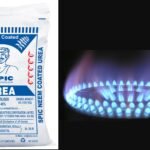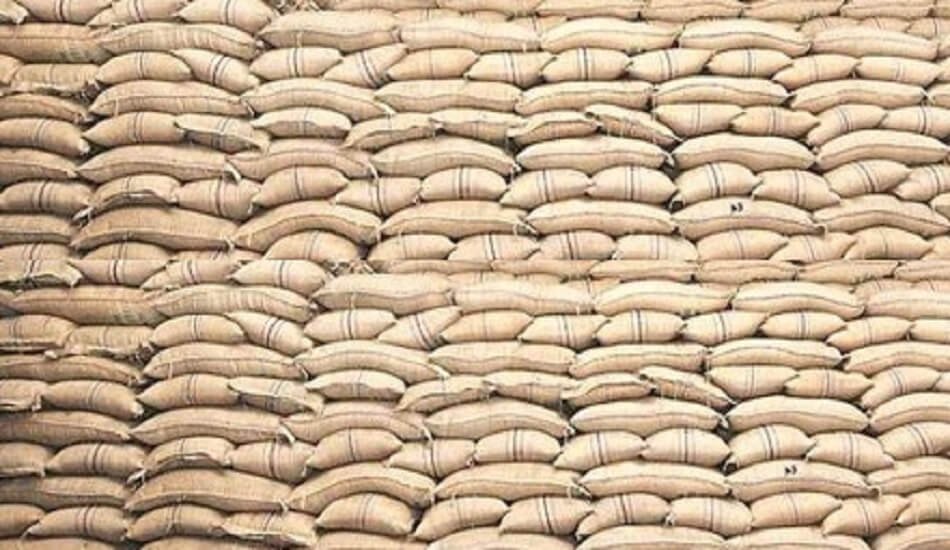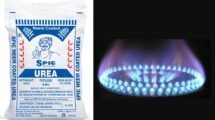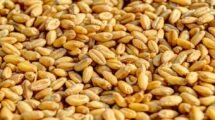Govt opposed high potash subsidies because global firms dictated prices
After reducing potash subsidies by 7% and phosphorus subsidies by 8% in the rabi 2022-23 season, the government has decided not to cave into the pressures of global firms, which have been dictating prices since India imports the entire quantity of muriate of potash (MoP) and more than 60% of Di-ammonium Phosphate (DAP), according to sources.
According to industry experts, the nutrient-based subsidy for Kharif 2023 will be significantly lower than the Rabi 2022-23 levels of ₹98.02/kg for nitrogen, ₹66.93/kg for phosphorus, ₹23.65/kg for potash, and ₹6.12/kg for sulfur.
Also Read | Centre to announce subsidy for nutrient-based fertiliser for rabi crops soon
‘Global prices for potash and phosphorus have fallen since October-November last year, and the government has made it easier for some Indian companies to enter into long-term contracts to source imported fertilizers.’ ‘Both of these factors will help reduce the subsidy,’ said a top official with a major corporation.
According to Fertiliser Secretary Arun Singhal, global potash prices have dropped from $590/tonne to $422/tonne. ‘As prices begin to fall, we can naturally consider price reductions.’ But that will happen gradually,’ Singhal said in response to a question about plantation farmers complaining about high MoP prices.
‘As of now, we are providing approximately 60% subsidy on MoP.’ The question is whether it should be increased. However, another school of thought holds that commercial plantations should not be subsidized. Because they argue that it makes sense when a poor farmer receives a subsidy, but not on a commercial plantation,’ Singhal explained.
While DAP costs around ₹1,350 per 50 kg bag, MoP costs farmers around ₹1,700-1,750 per bag. According to some experts, the price differential resulted in higher DAP consumption last year. DAP sales increased 15% year on year to 101.35 lakh tonnes (lt), while MoP sales decreased 35% to 15.21 lt during April-February of the current fiscal year.
According to officials, the last tender for imported urea was $330/tonne (FOB, China), down from an average of $475/tonne in February and $665/tonne in October 2022. Similarly, imported DAP prices (CFR, Mumbai) have fallen to around $650/tonne today, down from around $760/tonne in October 2022.
Also Read | Cabinet approved ₹60,939.23 cr subsidy for DAP, MoP fertilizers for Kharif season
Cherian M George, CEO of Harrisons Malayalam Ltd, stated that potash availability for tea plantations in Kerala is adequate due to adequate provisions made by the government during the previous fiscal year. However, rising import potash prices are harming the sector, with rates reaching ₹33 per kg compared to ₹18.
Simultaneously, summer showers in the high ranges have facilitated the use of potash, and its price rise is forcing planters to explore other options in tea gardens, such as molasses, wood ash, and so on, to replace imported raw material.



















Add Comment